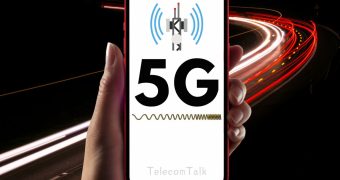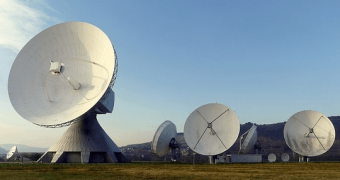
5G would soon become a common phenomenon in India. The telcos, including Airtel and Jio, are doing their best to ensure that consumers get 5G services in every part of the country in the next 1.5 years. However, as the telcos expand 5G, they would require more spectrum and a wider telecom infrastructure to support the network technology. Mid-band spectrum is what most of the telcos around the world prefer to deploy for 5G. The reason behind this is that mid-band 5G delivers coverage as well as speeds. It is what can be called a "sweet spot" for the telcos in the frequency bands to deliver 5G to consumers.
The Cellular Operators Association of India (COAI), a body that represents private telecom companies in India, has said that it is critical to identify the 6 GHz band for IMT services. It would help with network planning in the long term, and it is also the last mid-band opportunity. COAI quoted a GSMA report which showed that in the absence of additional required mid-band spectrum, the telcos would have to deploy more number of base stations to deliver the 5G data rate targets. If the telcos don't do so, the speed of 5G networks will come down by 50%.
6 GHz band spectrum is very important because it would enable the telcos to keep the cost of the 5G rollout in check. If the costs are high, at the end o the day, it will result in delays for the 5G rollout, and the consumers might end up paying more for basic services. According to COAI research, Indian TSPs would require 2 GHz of the mid-band spectrum in the 2025-2030 time frame. For India, the 6 GHz band is the only mid-band spectrum range where a contiguous bandwidth to the order of 300 MHz to 400 MHz per TSP is possible.
S.P. Kochhar, DG, COAI, said, "We believe that the existing delicensed spectrum in the 2.4 GHz and 5 GHz amounting to 688 MHz bandwidth in India, is more than adequate for meeting the needs for Wi-Fi connectivity in the 2025-30 timeframe."
Kochhar added, "With the National Broadband Mission targeting broadband speeds up to 50 Mbps by 2024-25, COAI recommends that the most optimal allocation for the country in the 6 GHz band would be to identify the entire 5925-7125 MHz i.e., 1200 MHz spectrum in the 6 GHz band for IMT applications, as this would maximize the economic and societal benefits for the nation, while reducing the CAPEX and driving affordable consumer broadband for achieving the national target of achieving a USD 1 trillion digital economy."















